Throughout history, people across the world have understood the importance of hemp. As early as 1621, British mental health publications recommended hemp to treat depression. In 1889, one of the world’s oldest and best-known medical journals, the Lancet, outlined the suggested use of cannabis to aid and treat the symptoms of opiate withdrawal. This crop was a vital part of the Neolithic revolution (~10,000 BC, when humans evolved from hunter-gatherers to agricultural settlers) and also played a vital role in the assembly of the original American colonies. America’s founding fathers recognized that a thriving hemp industry was as necessary for building an economically independent nation.
Hemp was so valuable throughout America from the 17th to 19th centuries that it could even be used as currency! By the latter half of the 19th century, cannabis-based medicines were among the most prescribed pharmaceuticals in the United States. However, by the early 1900s, a propaganda war had begin against this exceptional plant.

Native Americans and Hemp
Native Americans cultivated hemp seeds to create thread, rope, clothing, paper, and food. Minnie Susan Decker was a well-known settler who preserved traditional recipes from the Native Americans. In her Indian Doctor Book, she describes hemp as a “…plant [that] is good for things other than merely making rope. Soaked and softened, the seeds are very good against wind in the stomach; they open the blockage of the gall, they are good against the flow, and they are very good for killing worms in men and beats. The juice, when dripped into the ear, kills the worms in there and dispels the earwigs. A decoction of the root is good inflammation in the head or other areas, gout, joint, or hip pain, and muscular atrophy.”
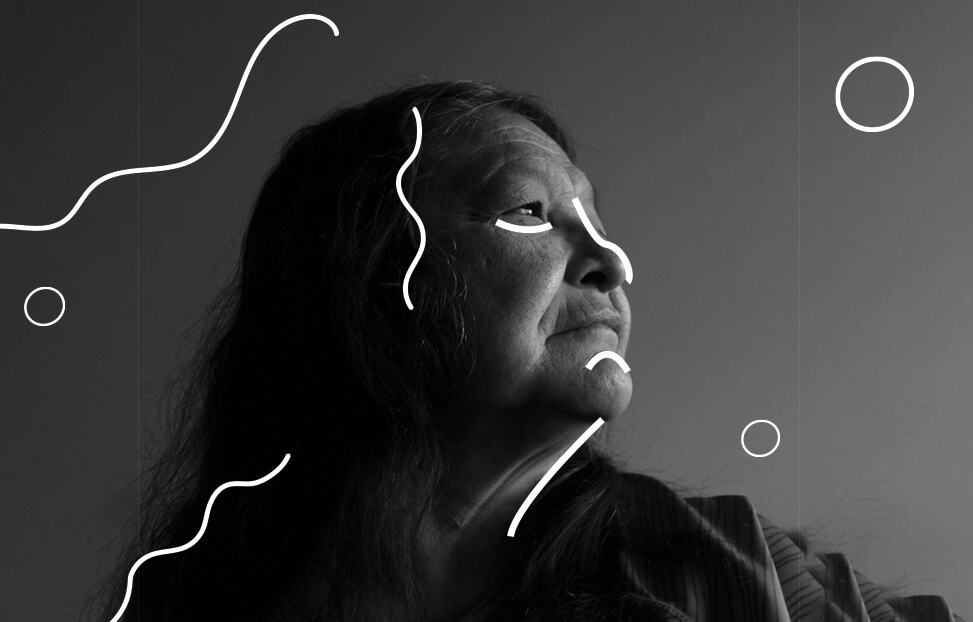
Photo by Taylor Ruecker on Unsplash
Hemp Cultivation was Mandatory in America’s 1st Colony: Jamestown
America’s first law surrounding cannabis was enacted in Jamestown—America’s first colony—in 1619. This law made it mandatory for all farmers to cultivate hemp seeds. Failure to do so could result in a fine or even a jail sentence! Following Jamestown’s lead, colonies in Massachusetts and Connecticut soon passed similar laws concerning hemp. Hemp, being perfectly suited to the American climate, was the key to gaining economic independence from Britain. As David Dawson, a prominent cannabinoid researcher, puts it, “ When you’re one meal away from starvation, you don’t waste energy on tasks that don’t fit your needs.”
George Washington
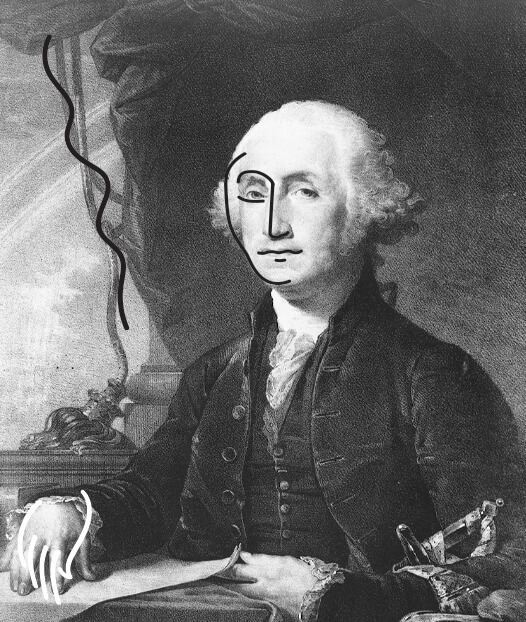
Photo by Library of Congress on Unsplash
George Washington saw hemp has a huge financial asset, allowing for much greater profit margins than tobacco and other crops. “Make the most you can of hemp,” urged Washington in letters to fellow government officials, before carefully laying out his cultivation methods.
John Adams
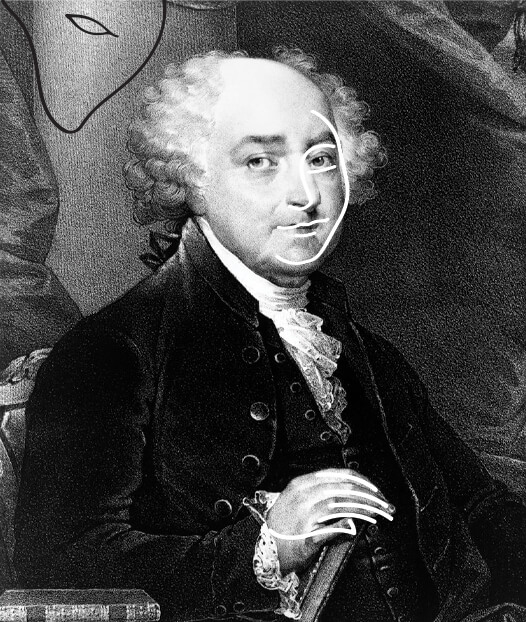
Photo by Library of Congress on Unsplash
John Adams, the 2nd president of the United States, believed that hemp was vital to the creation of resources, tools, and the health of the people of the newly founded nation.
Thomas Jefferson
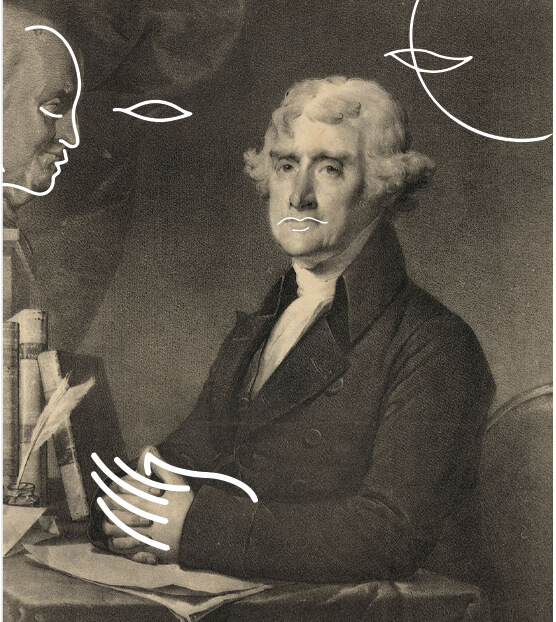
Photo by Library of Congress on Unsplash
Thomas Jefferson, the 3rd president of the United States and co-author of the Declaration of Independence, was the first person to acquire a U.S. patent; it was for a hemp threshing machine! Jefferson was well-known for his ability diversify the phenotype of the hemp plant through artificial selection. He wrote, “Hemp is of first necessity to the wealth and protection of the country.” So passionate was he about hemp’s importance to the success of the United States that he even risked Chinese imprisonment by illegally smuggling seeds from China to the colonies.
Benjamin Franklin

Photo by Library of Congress on Unsplash
Benjamin Franklin, inventor, politician, diplomat, and co-author of the Declaration of Independence founded the first commercial cannabis operation in America. Franklin manufactured paper using hemp fibers, and this paper was used to create the literature that would soon incite colonists to rebel against the British forces.
James Madison
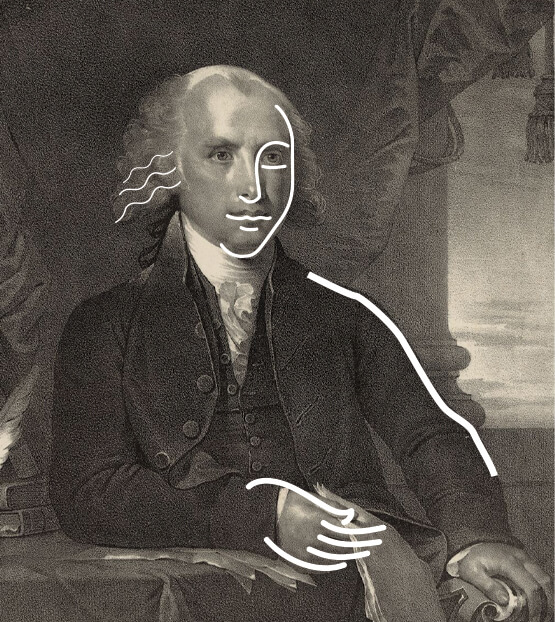
Photo by Library of Congress on Unsplash
James Madison, 4th president of the United States and author of the Constitution, was also a hemp farmer. Correspondence has been recovered from 1784, in which Madison and Jefferson discuss current hemp prices.
Prohibition
Sadly, in the 1930s, hemp was embroiled in a political war due to very influential men who were deeply invested in nylon and new forms of paper, materials that were in direct competition with hemp fibers and hemp paper. Before long, hemp would become the perfect tool for politicians to garner votes during the Great Depression, capitalizing on American fear. Politicians could be heard preaching from the pulpit about the evils of now re-branded “Marijuana” plant. This new name was chosen to exploit the fears of the American public of Mexican immigrants. Politicians craftily repeated the narrative that immigrants had brought in the psychotic “marijuana” from their native Mexico. To this day, the US criminal justice system leverages the war on drugs to incarcerate minorities at a much higher rate than American Caucasians, despite its use being equal across racial demographics.
Sadly, this is not an uncommon American story where minorities are persecuted to ensure the power of the elite. How America has treated the minority populations is not dissimilar to its treatment of hemp: Use it for everything it’s worth and then release some blasphemy before disenfranchising it. Prominent cannabis journalist, DM Blunted writes, “Black history is cannabis history. Black history is the United States history. The good, the bad, and the ugly are all permanently interlaced. So when we celebrate hemp’s legalization or light fireworks on July 4th, we also need to acknowledge in the same breath that black people’s literal blood, sweat, and tears are behind those celebrations.” To read more about the prohibition of hemp, check out: Fear, Propaganda, and the American Psyche.

Photo by Cesira Alvarado on Unsplash
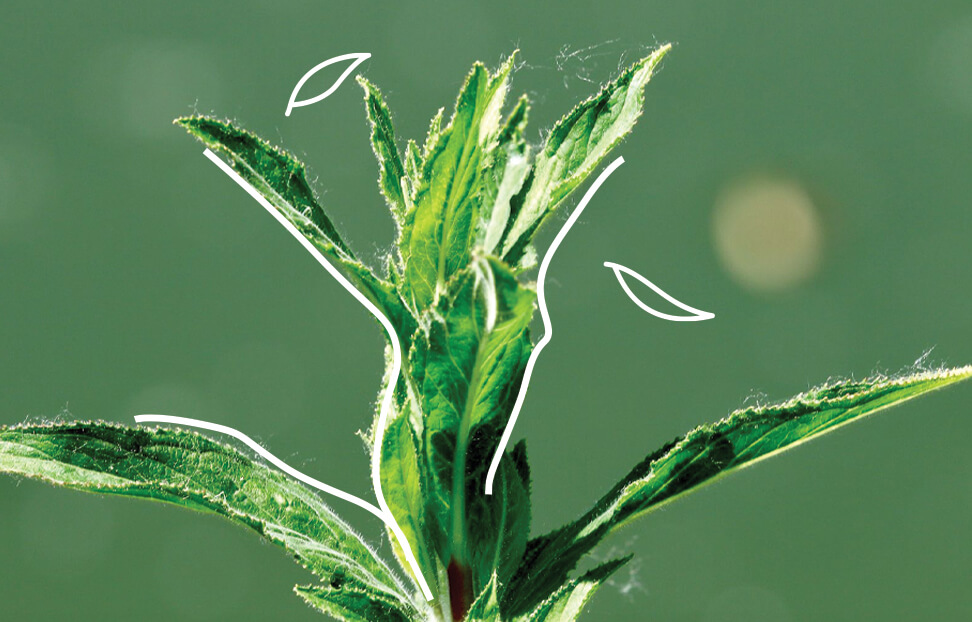
Photo by James Wainscoat on Unsplash
During World War II Hemp Cultivation was made Mandatory Again
Japan cut off their hemp trade with the Philippines during WWII, forcing the U.S. to once again cultivate hemp. The U.S. government distributed 400,000 pounds of hemp seeds and even produced the propaganda film, “Hemp for Victory” to rally American farmers to cultivate hemp in support of the war. From 1942-1946, farms across America produced 42,000 tons of hemp each year. Once the war was over, the demand for hemp in the U.S. abruptly ended, and farmers had their hemp contracts immediately canceled, and hemp was once again deemed illegal.
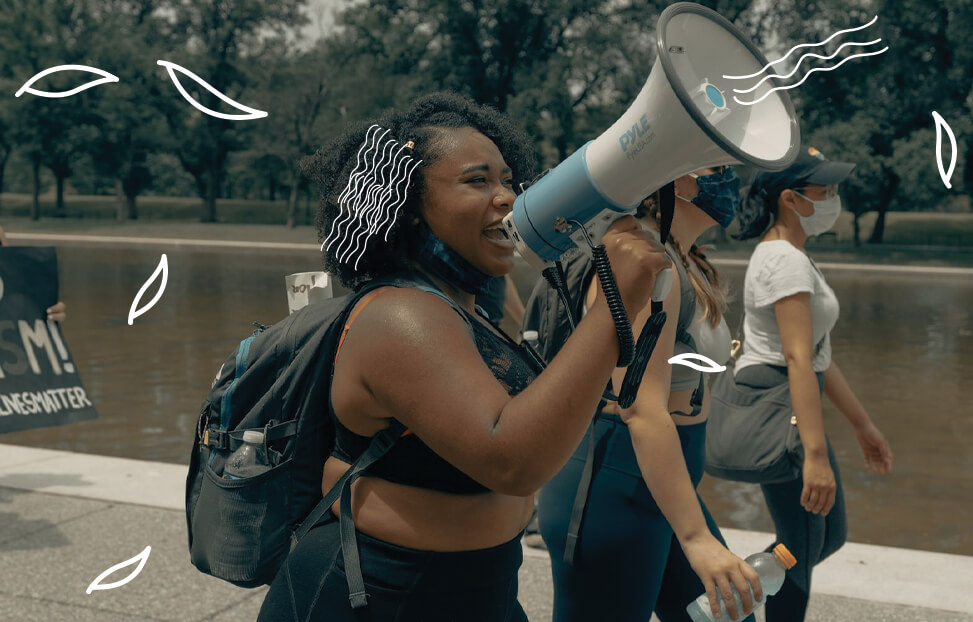
Today
As Cannabis prohibition comes to an end, we must rediscover the benefits provided by this wonderful plant. Hemp has been vital to both human evolution and the founding of our nation. Despite a rich and successful history reaching back to the beginning of the agricultural revolution, hemp remains blanketed in stigma due to widely-spread, opportunistic misinformation of the last century.
The science behind hemp and its relationship to the mammalian endocannabinoid system shines a light on how interconnected humans are with the rest of the natural world. Modern-day hemp science is just beginning to unlock a new understanding of holistic medicine and preventative treatment. In our technological world, it reminds us of our connection to Mother Nature. To read more about the endocannabinoid system check out: So… What is the Endocannabinoid System?


An Article By Evie Louise
Evie Louise is a recent psychology graduate from New York University. She is a certified in International Cannabinoid Clinical Therapy. Evie sees all forms of the cannabis sativa plant as the future of psychiatry, and hopes to use it in her therapy practice as a full spectrum approach to mental health and wellness.
